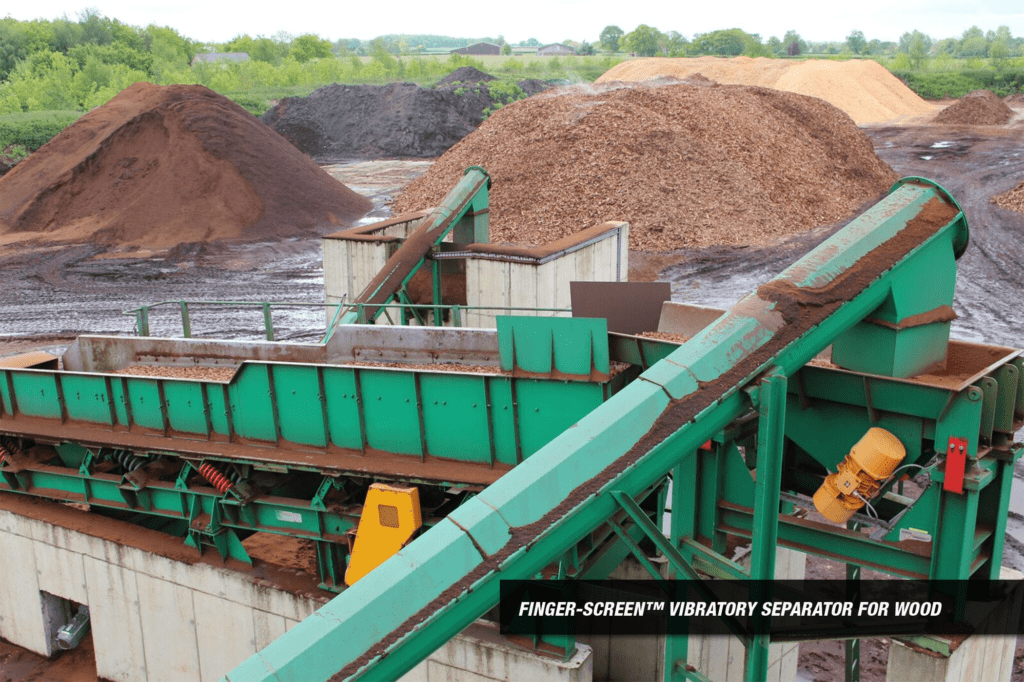If you are looking to start a construction project in the near future, then you know how hard it can be to find a building material that meets your requirements. Due to recent innovations, there is a new material on the scene making heads turn.
This material is WPC, and it may just change the future of construction forever. (If you’re not familiar with WPC then read on and find out how this newcomer can make a difference in your project.)
What is Wood Plastic Composite?
As its name might suggest, wood plastic composite (WPC) is a material created from a unique blend of natural wood and plastic fibers. Sawdust, pulp, bamboo, peanut hulls and unused woodworking materials, like bark, from a variety of projects, are combined with plastic powder to form WPC.
What’s most remarkable about wood plastic composite is that it can be created entirely from recycled materials collected from C&D operations, wood product manufacturing facilities, and more. To top it off, used WPC can even be recycled to create brand new WPC, making WPC the ultimate recyclable commodity.
Why is WPC So Exciting?
Because wood plastic composite is created from a substance that starts as a paste, it can be molded to almost any shape and size, including arched or bent shapes. That innate flexibility extends to color as well- WPC can be dyed or colored to suit almost any design scheme.
From a functional standpoint, wood plastic composite is moisture-resistant and rot-resistant, meaning that it will last aesthetically and integrally longer than normal wood. And WPC is more heat-resistant than typical lumber, creating a product that can be used in locations where normal lumber may bend or warp.
The Real Lumber Alternative
Depending on what material the sawdust is blended with — polyethylene or polypropylene — WPC can be used for a variety of construction projects in much the same way as natural lumber. Drilling, planing, sanding; it’s all done just as easily with WPC as it is with wood.
Construction professionals may even find that wood fasteners, like nails and screws, actually achieve a better hold in WPC as compared to regular wood. Additionally, WPC is less likely to split or break when screws are used near the end of the planks, which can be a common problem when using real wood.
WPC Can Defy the Elements
Thanks to WPC’s specialized and customizable makeup, the material is uniquely equipped to handle changes in weather with less damage than the average material. If you’re looking for a material that will stand the test of time for your next project WPC might just be the one for you.
General Kinematics knows how important new, sustainable building materials, like WPC, are. That’s why we are proud to manufacture and deliver products that aid in the recycling and sorting of C&D, wood, forestry, and plastic goods for the creation of materials like WPC.
Stop by our booth at WasteExpo 2017 from May 8-11th to learn more about GK’s recycling equipment. We’d love to show you and your team all about the benefits that General Kinematics can offer!








